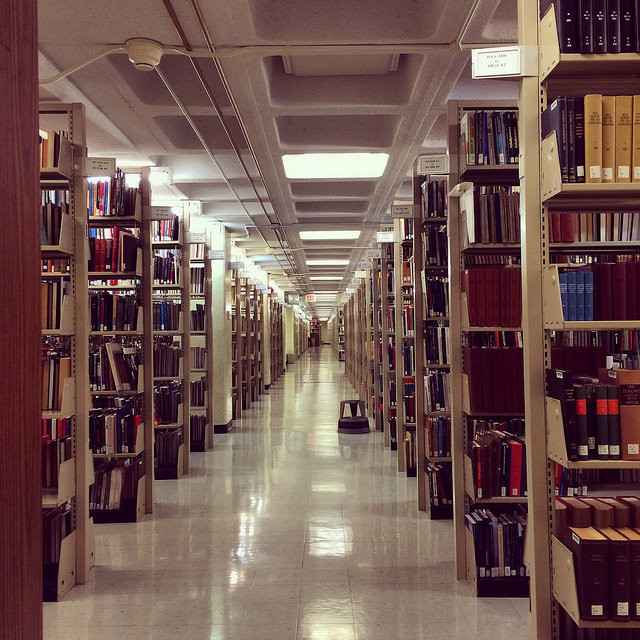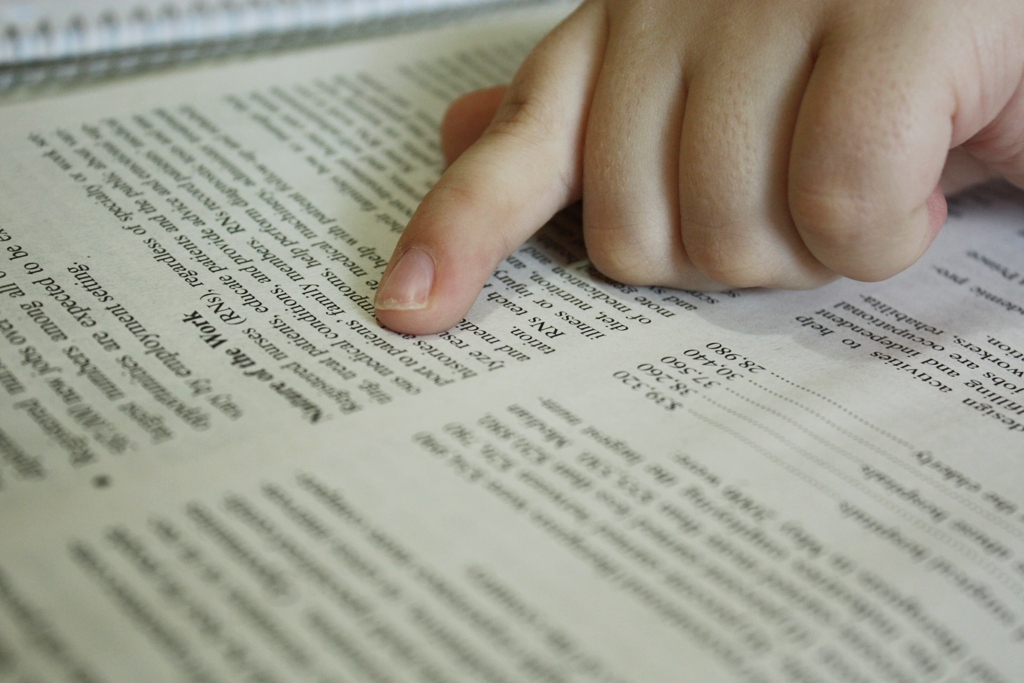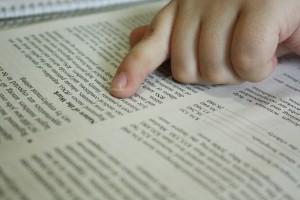If you’re a brand-new college undergraduate, the chances are good that high school didn’t teach you what your professors expect you to know about doing college research. Instead of research papers, you were probably taught the inverted-pyramid essay, the five-paragraph essay, or the expressive essay. This means that when the dreaded research paper rears its head on the syllabus, you’re pretty freaked out – and understandably so!
It doesn’t have to be that way. Here are three examples of things that students don’t know about college research – or how to write an A+ research paper.
The Librarian is There for the Students
Did you know that a librarian does far more than find books for you and put books back on the shelves when you’re done with them? Many students don’t. What’s worse, many students are afraid of the librarian, thinking that they’ll get laughed at if they go to the librarian for help with their research. One of my students asked me how he could make it so that he didn’t have to ask any librarian for help (so that he wouldn’t feel like an idiot who didn’t know what he was doing). But if you’re going to write an A+ research paper, talking to the librarian will help!
Librarians are tools. Your tuition pays for their salary and for the resources in the library. Nothing makes a librarian happier than having someone ask them to help with research – these folks got advanced degrees in doing just that! So make sure you get to know your college librarian – especially the one who sits at the desk with the sign “Research Librarian.” They can help you more than you ever realized.
 Not All Information is Created Equal
Not All Information is Created Equal
Did you know that not all information is worth using? A website, a newspaper, a book, a magazine, a journal article, Wikipedia – all of these have information, but only some of them have worthwhile information. Using peer-reviewed information is really important if you want an A+ research paper! If the term “peer-reviewed” is unfamiliar or unknown to you, it’s time to learn what that word means, because peer-reviewed information is what counts in college research.
Peer-reviewed means that a researcher’s peers review what the researcher published, to make sure that it’s valid and accurate information. They check the researcher’s methods (how they investigated their question), their data (to make sure it’s accurate and not just made-up or collected in a way that would invalidate the researcher’s results), and their results. They also suggest additional sources that the researcher may have left out, overlooked, or not known about when they wrote their research and published it, to improve it and make it better. Think of peer review as crowdsourcing for research; it works pretty much the same way.
The librarian can help you here, too. When you are looking for research, tell the librarian that you only want peer-reviewed sources. You still have to be a savvy reader – you can’t just assume that all the hits you’ll get in your search are equally valid – but limiting it to peer-reviewed is a good start on the problem.
Plagiarism is Stealing
Did you know that when you write a research paper using other people’s work (the books and articles that are your sources), you have to give credit for other people’s work? Did you know that there are actually very specific ways in which you have to do this to avoid plagiarism? Do you know what plagiarism means?
Plagiarism is when you use someone else’s words or ideas without giving them credit for those words or ideas. This means that you are pretending that you wrote those words or came up with those ideas. Essentially, it’s stealing. But a lot of college students don’t know how to give credit correctly, and that means that they’re at risk for being plagiarists. Colleges tend to be pretty strict about plagiarism, and it can get you into a lot of trouble (not to mention, you won’t have an A+ research paper – more like an F-minus one!). So how do you avoid it?
Once you learn how to do research correctly, you can develop habits that will minimize or eliminate plagiarism. There are tools out there, but too many people don’t know about them or don’t use them. Habits like creating a document where you keep each source’s citation information (what goes in your bibliography or works cited page, and the short-form citation that goes in the paragraphs after any quotation or paraphrase that you use from the source) is one good way to keep a lid on plagiarism.
Other ways are to use a citation-management software tool like Endnote, or engage the services of TurnItIn.com, which has a low-priced proofreading service that students can use to get their papers checked for plagiarism as well as other problems the papers might have, before they turn the papers in.
Using these tools makes it a lot more likely that you’ll end up with an A+ research paper – so why not try it?
Stay tuned for more information about how to make college work for you!
You Might Also Be Interested In:
Making Citations Easy
What Kind of Paper Does Your Professor Want?
Page Count is Professor Shorthand
The ACE Method for Choosing a Paper Topic
The Too-Many-Ideas Problem


